Should You Move to Portugal? Let’s Weigh the Pastéis de Nata Against the Paperwork
So, you’re thinking about packing your bags and trading your overpriced oat milk lattes for vinho verde on a sunny terrace in Lisbon? Excellent choice. Portugal has been on everyone’s lips lately-right between “crypto crash” and “should I get bangs?” But before you hit “book now” on that one-way ticket, let’s chat through the pros and cons. Yes, Portugal is a dream. But even dreams come with paperwork, language stumbles, and the occasional slow-moving government agency.
The Pros: Let’s start with why everyone’s Instagram feed is suddenly tiled rooftops and sardines.
1. Scenery That Could Star in Its Own Rom-Com
From the dramatic cliffs of the Algarve to the sleepy vineyards of the Douro Valley, Portugal is basically the garden of eden. Add a climate that leans into long, lazy summers and mild winters, and you’ve got yourself a year-round excuse to be outdoors pretending you’re in a lifestyle shoot.
2. Affordable-ish Living (Depending on Where You’re Coming From)
Look, it’s not 2005-cheap anymore, but compared to Paris, London, or New York, your euros stretch a whole lot further. Rent, groceries, and that daily espresso habit won’t drain your soul…or your savings account.
3. A Lifestyle That Belongs in a Slow Living Newsletter
The Portuguese take their time with meals, conversations, life. It’s not about hustle culture here, it’s about “café culture.” That mythical work-life balance Americans keep hearing about? It actually exists. (If you can get a job there…)
4. Culture, History, and Food.
The history is ancient, the architecture is moody and photogenic, and the food? Think seafood, stews, and pastries that can only be described as “dangerously flaky.” There are festivals for everything and no one ever turns down a good reason to celebrate. Plus, with Spain, France, and the rest of Europe next door, weekend getaways are mandatory.
The Cons: AKA, the fine print on your Euro fantasy.
1. Your Mouth Is Not Ready for Portuguese
Sure, in Lisbon and Porto you’ll get by with English and a few hand gestures. But once you’re outside the tourist bubble or trying to call City Hall, you’re going to want more than “bom dia.” The language isn’t impossible, but it’s also not a quick weekend Duolingo fix. Get comfy with awkward grocery store conversations.
2. The Job Market is…Let’s Say “Selective”
Unless you’re bringing a remote job, launching your own thing, or have a very specific in-demand skill and decent Portuguese, work might be tricky. Wages aren’t exactly Netflix-executive level, and competition can be stiff. That said, if you’re a digital nomad or entrepreneur, it’s a vibe.
3. Bureaucracy Moves at the Speed of a Sunday Nap
You will fill out forms. You will stand in lines. You will wait for approvals that seem to have disappeared into the ether. Getting a visa or a driver’s license may require the patience of a saint and the persistence of someone who really loves the beach.
4. Healthcare is Pretty Good-If You’re Near It
Portugal’s public healthcare system is solid, but if you’re out in the countryside, getting specialized care might mean a bit of a hike (literally). Many expats go for private insurance just to cover all bases. Still cheaper than the ER in the U.S., though.
So… Should You Move to Portugal?
If you want a slower pace, gorgeous scenery, a more affordable life, and you’re okay with swapping convenience for charm (and occasionally yelling at a printer in a government office), Portugal might be your place. Just don’t expect it to be a magical European escape free of frustration. It’s real life-with better seafood.
But if you’re ready to trade stress for sunshine, and emails for espresso, you might just find yourself calling this little Atlantic gem home.

Please support art. Click HERE to order a print of any size on paper, canvas, metal, and a variety of merchandise. Makes a great gift!
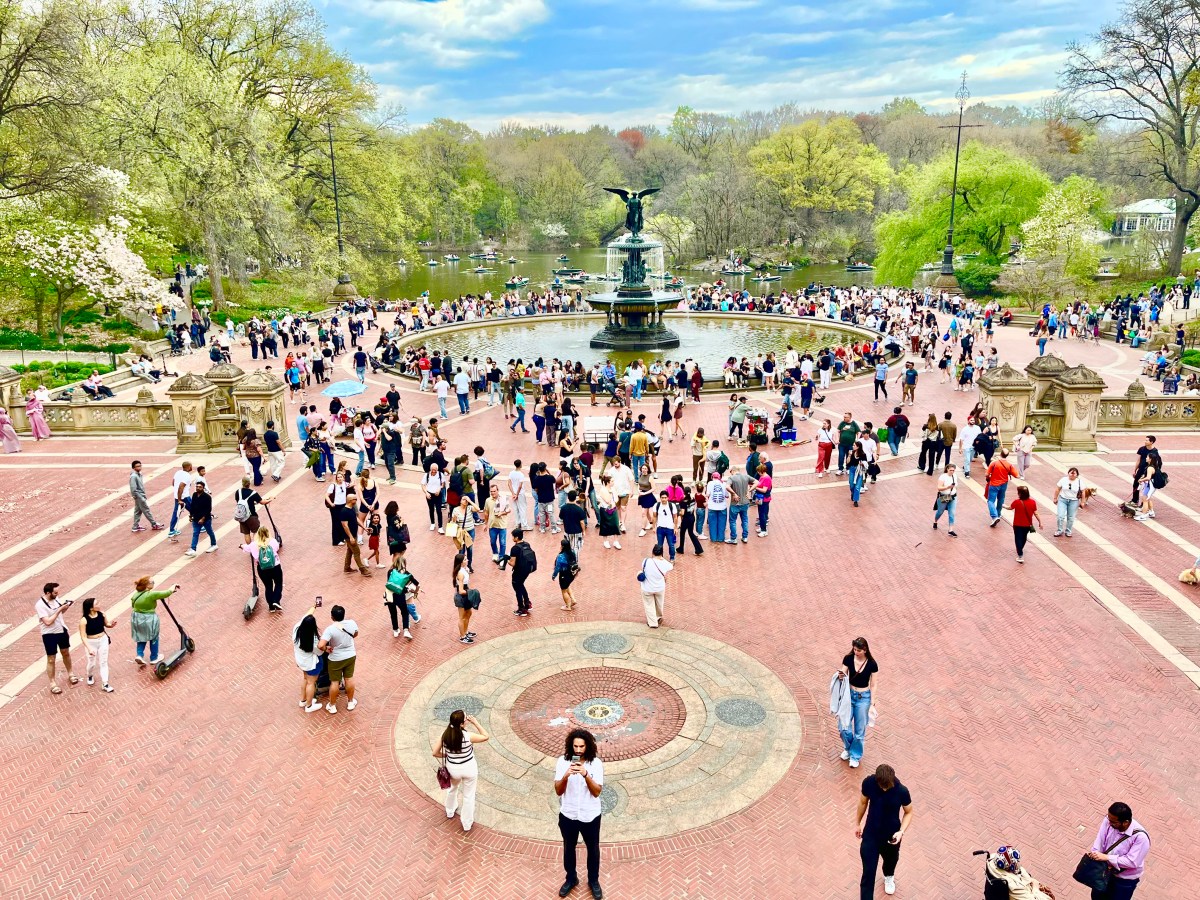


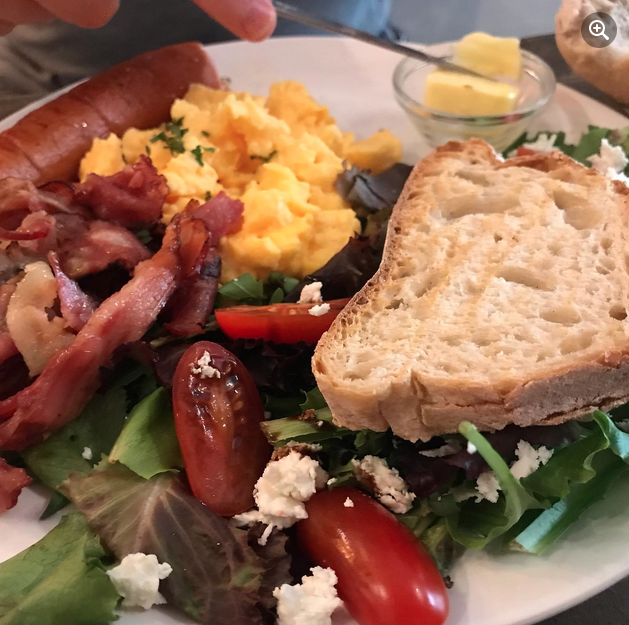

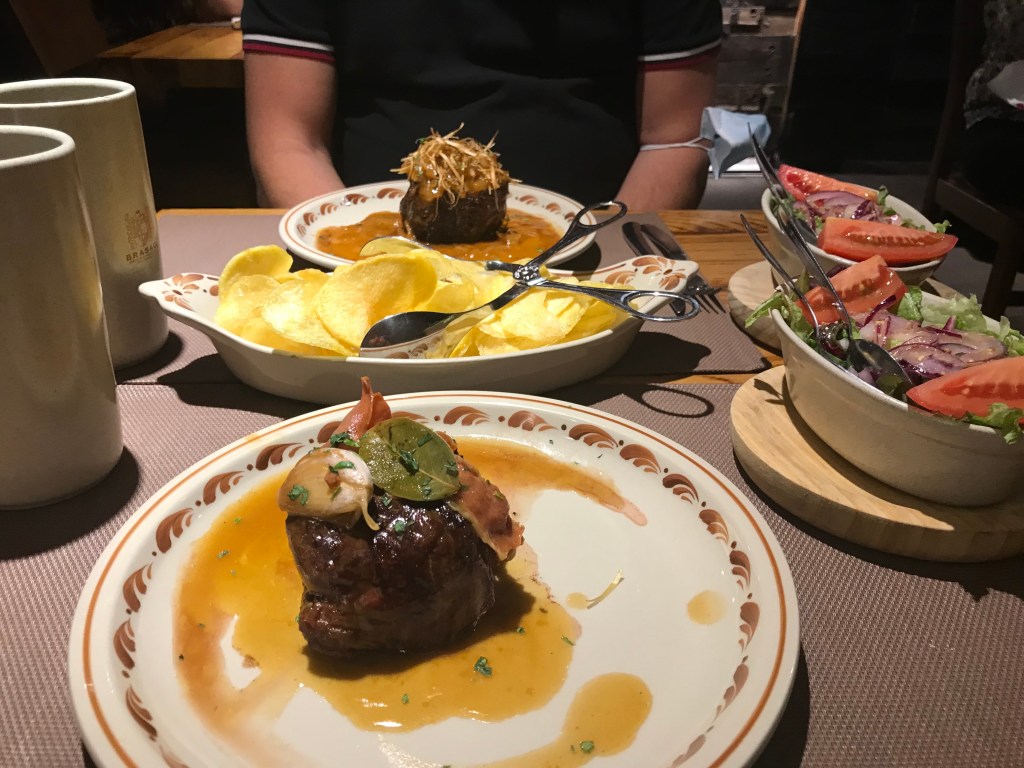





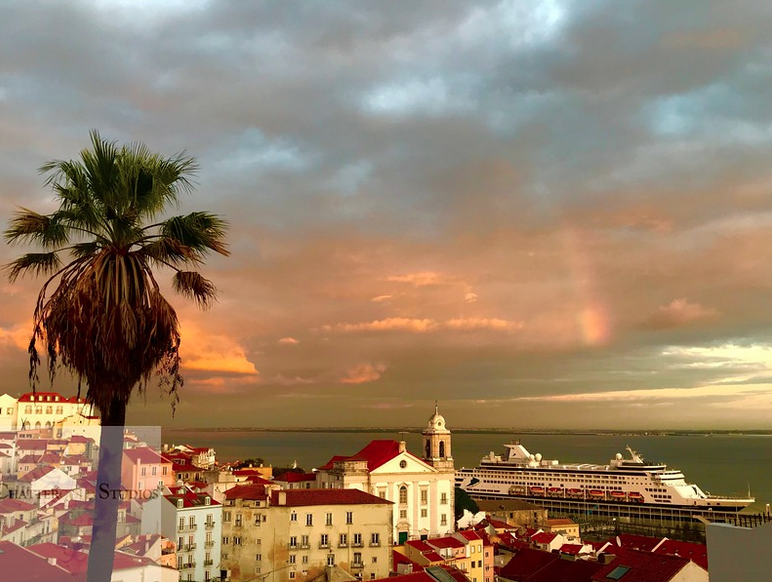



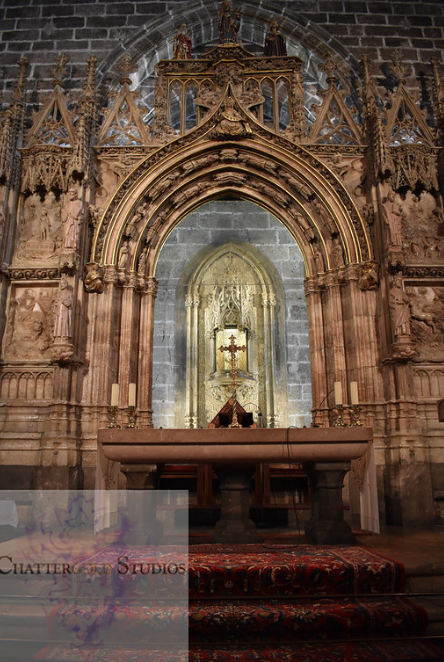
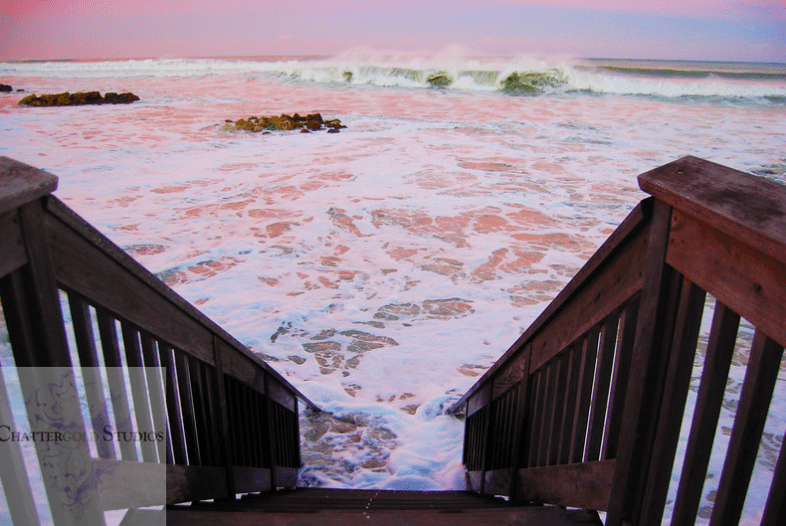
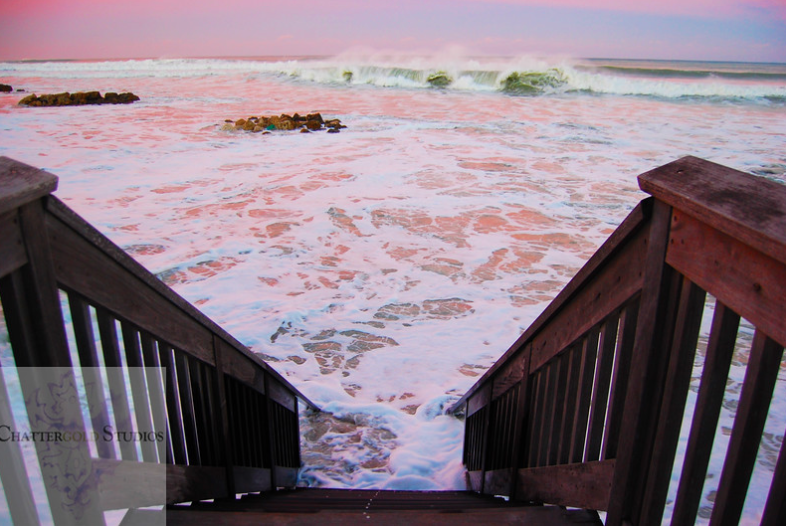

You must be logged in to post a comment.